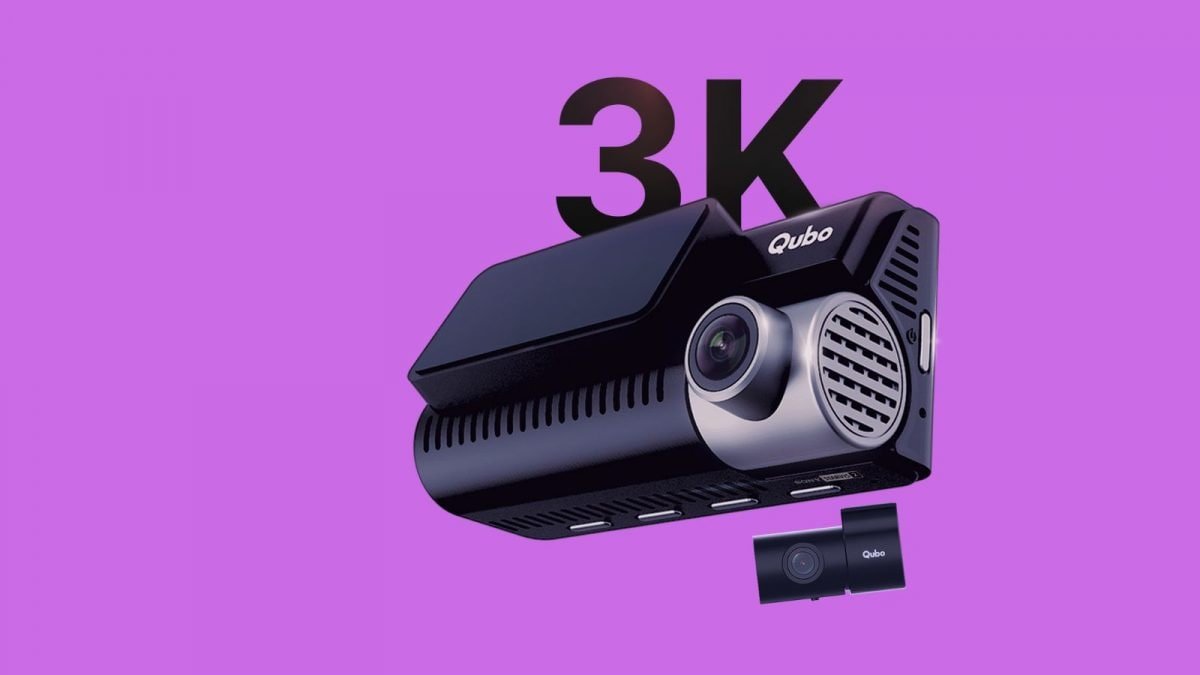Last Updated:
Qubo Dashcam Pro series includes three new models that focus on better low-light recording for traffic situations in the car.

These new models support better recording in low light.
Qubo has introduced three new dashcam models as the market evolves and the accessory becomes critical for car owners. The new Dashcam Pro 3K, Dashcam Pro 2.7K, and Dashcam Pro 2K come with features like improved low-light recording which helps you with all-weather visuals that can be helpful in some situations.
The footage these dashcams capture can be crucial for determining the truth about traffic accidents and identifying the responsible parties.
Qubo Dashcam Pro Price In India
Qubo Dashcam Pro 3K with Sony STARVIS 2 sensor is priced at Rs 10,990. The Qubo Dashcam Pro 2.7K version is available at Rs 7,990 and the Qubo Dashcam Pro 2K costs Rs 3,990.
Qubo Dashcam Pro Series Features
The Dashcam Pro 3K has Sony’s STARVIS 2 sensor that can record sharper video even in challenging lighting conditions, such as when driving at night or emerging from a tunnel. In low light, this might be useful for capturing important details like license plates or traffic signs.
Two less expensive options that provide high-resolution recording in their respective codecs are the Dashcam Pro 2.7K and Dashcam Pro 2K. They are positioned as entry-level and mid-range solutions for those who still desire respectable recording quality without breaking the bank, even if they do not come with the STARVIS sensor.
All three dashcams come with supercapacitors instead of conventional batteries which suggests the device can withstand high temperatures better, which is very important given Indian conditions.
Additionally, the devices have a 1TB storage capacity, which is useful for customers who wish to record longer excursions without having to regularly remove material. Every model is compatible with Qubo’s in-house app, which enables customers to view and control video straight from their smartphones.
- Location :
Delhi, India, India
- First Published:
Source link



